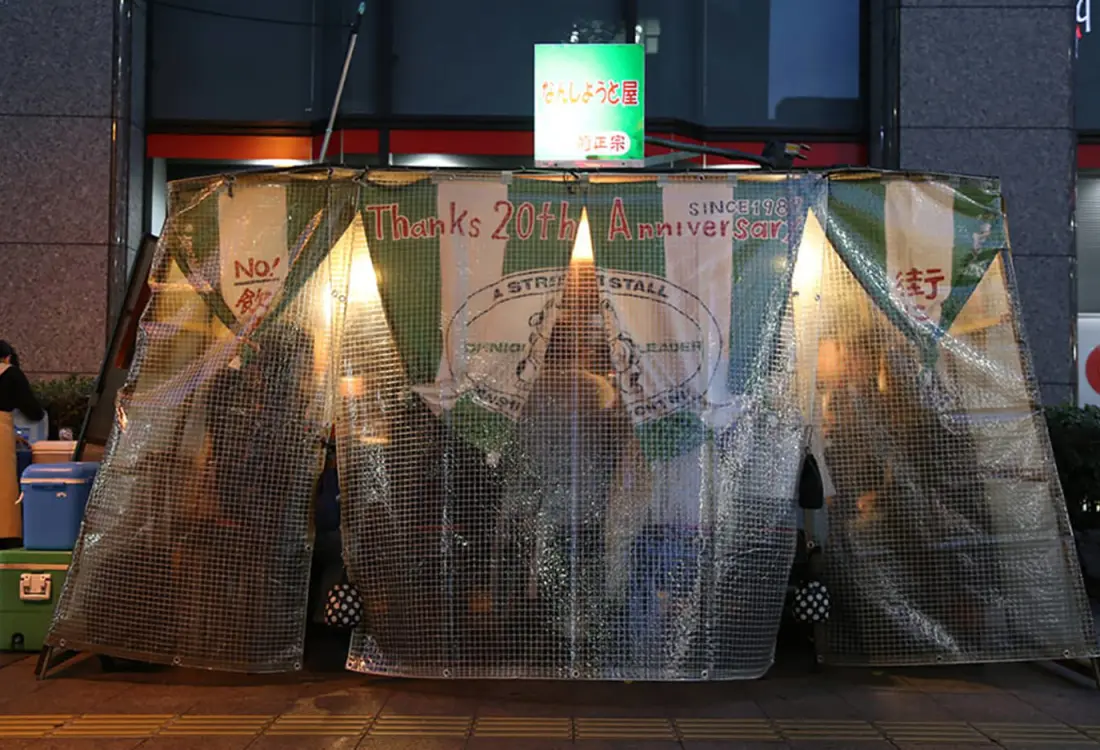
Yatai
Fukuoka's moveable feasts
Fukuoka, where people and goods gather, is Kyushu’s largest city. At 5 o’clock in the evening, amongst the commercial buildings at an intersection with people going to and fro, a man pulling a small street stall appears. For over 30 years, Yoshinobu Nishida has operated the street stall called “Nanshiyohtoya” at this place. He runs it together with his wife, Junko. He carries in the large pots and cooler boxes with foodstuffs and skillfully removes the fittings piled up on the stall. The street stall is set up in about an hour. One after another, regular customers and tourists come through the curtain. The day starts for the street stall as conversations in Hakata dialect fill the air.
Tenjin, the center of Fukuoka in Fukuoka prefecture, bustles with workers in suits going home from the office as well as with young people. At the intersection with a large amount of vehicular traffic, just after 5 o’clock comes around, street stalls start to be set up one after the other, springing up like mushrooms. “The structure of most street stalls is pretty much the same everywhere. One shop’s commercial territory is 5 m, including the space to put bags etc.,” says Yoshinobu Nishida, the owner-chef of “Nanshiyohtoya.” It has been 30 years since he left a job as an office worker and started the stall because he didn’t want to be anybody’s pawn. Since then, he has continued operations at the same spot. “I’m really grateful to be able to do business in a place like this with so many people” he says all the while continuing with the setting up of the stall. As the street stall can enter the sidewalk from 5:00 pm, the store opens at around 6 o’clock. The closing time varies from store to store, but the majority is around 2:00 to 3:00am.





Fukuoka’s street stalls are movable. Every day they are moved to their regular spot and after closing they are packed up and stored in parking lots etc. Even though they can be folded up to be compact, setting them up is no easy task. Fittings are put in place to avoid the wind, the counter is opened up, the burners are set, the chairs are lined up… While arranging the ingredients in the glass case, he also sets the beer and wine bottles. This routine is repeated every day, except for rainy or very windy days, or Sundays. Everything in the shop is ready to go by around 6 o’clock. However, Mr. Nishida goes out every morning at 10 for supplies, and starts preparing food from 11. The shop’s menu includes ramen noodles, offal stew, oden, skewers, etc. According to Junko-san the choice of menu items is greater compared to other shops, so preparing the food is quite a task. ”The owner-chef makes whatever he feels like eating” she says with a grin.



The shop is full even before 20 minutes have passed since opening for business. The laughing voices of regular male customers, tourists and a variety of people echo inside the stall as they converse, even though they may be total strangers. The regular customers all say “They have very affordable prices and the food is delicious” as some female tourists ask the owner-chef about his menu recommendations. One of the attractions of a street stall is the close distance between the owner and the customers. And it is a real pleasure to be able to share a fleeting moment in time with the people one is sitting next to. The locals sometimes tell tourists about spots and eating establishments that may not be listed in the guidebooks.



There are around 100 Fukuoka Hakata street stalls in total, currently in 3 areas: Tenjin, Hakata and Nagahama. It is said that the street stall business started around 1945 with simple shops being set up on the road. The peak period came about 20 years later, with something like 400 shops. However, due to hygiene aspects and illegal operations that took over the whole road, a rule was established in Fukuoka city and Fukuoka prefecture that in principle operation of the stall would be limited to the original owner. As the number of street stalls gradually decreased, there was a simultaneous movement to keep street stalls in Fukuoka. Fukuoka city established the “Fukuoka City Street Stall Basic Regulations,” allowing new shops to join through public application. As a result, this paved the way for new types of stall such as standing bars and those offering Western food to appear. In addition, environmental maintenance such as water supply, electricity, the sewer has been carried out better and better, so people can enjoy eating and drinking with more comfortably.




The lights on the shop sign go out at midnight. Now packing up begins relying on the light coming from the street lamps. It takes about an hour to turn off the burners and clean the sidewalk with water. The street stall is back to its compact shape. Mr. Nishida says “I guess the attraction of street stalls is that they are right on city sidewalks where people are walking around and anyone can just push aside the curtain and go in without a care in the world.” When I hear this comment I think of the people I met tonight at the street stalls with a big grin on their face.

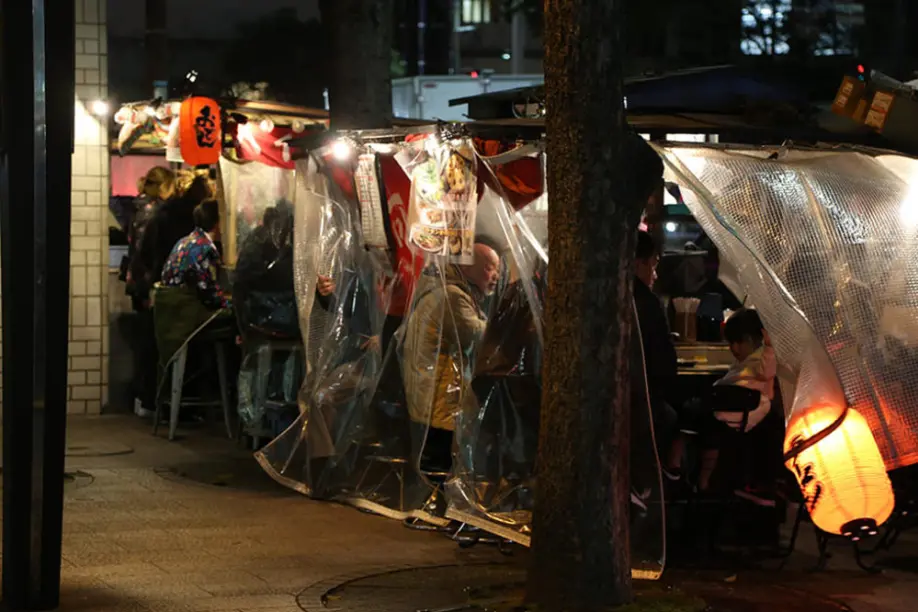
How to enjoy a street stall
1. Check by phone to see if the shop is operating. There are times when the shop may be closed due to the other or the owner’s private matters.
2. Go to the bathroom beforehand. Since the street stalls do not have a toilet, be sure to check for the nearest public toilet, etc.
3. Check the prices and the system. Since the prices and system vary from stall to stall, be sure to check the amounts on the price board before ordering when you enter the shop.
4. There are no raw foods available. Due to the Food Sanitation Act, only foods that have been cooked can be served at the street stalls.
5. Look after your own bags. Place your bags at your feet or put them on your lap. In the case of large bags, have a quick word with the stall owner to let him know beforehand.
Report cooperation provided by
Fukuoka City Movable Food and Drink Industry Union (TEL: 092-751-3490)
Nanshiyohtoya (090-7446-3638)
Hakuryu (090-3077-3459)
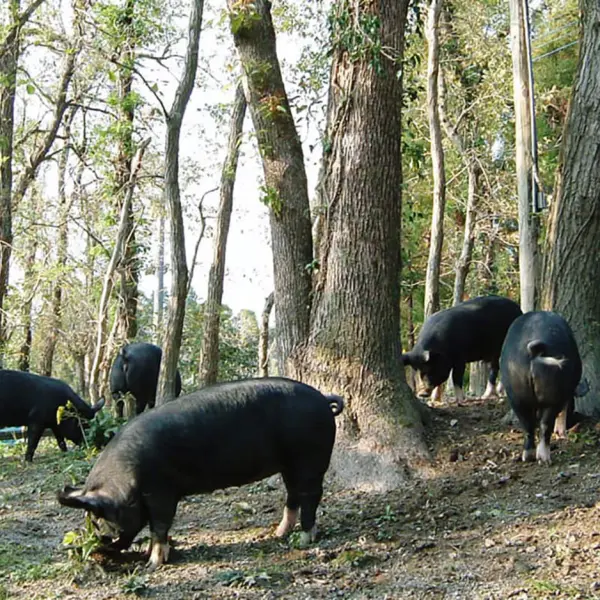 The delicious secrets of Kagoshima's free-range Kurobuta pork
The delicious secrets of Kagoshima's free-range Kurobuta pork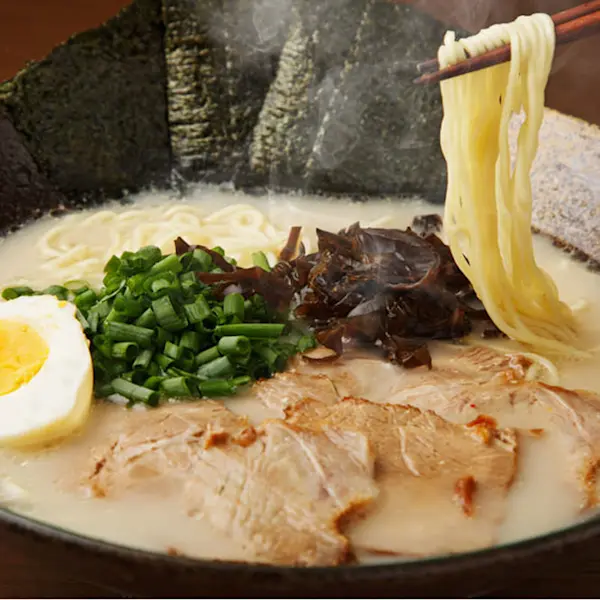 Everything You Need to Know About Fukuoka’s Famed Tonkotsu Ramen
Everything You Need to Know About Fukuoka’s Famed Tonkotsu Ramen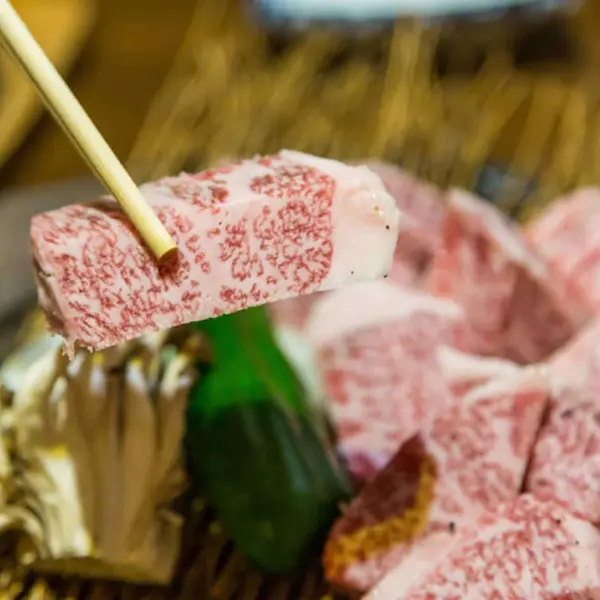 Saga Beef: Wagyu To Remember
Saga Beef: Wagyu To Remember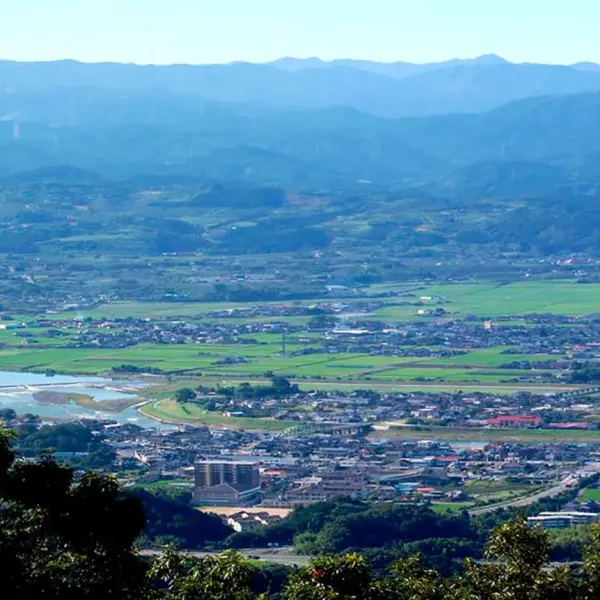 Discover Fukuoka's fruit kingdom
Discover Fukuoka's fruit kingdom Goto udon: a delicious legacy of Nagasaki's ancient trade routes
Goto udon: a delicious legacy of Nagasaki's ancient trade routes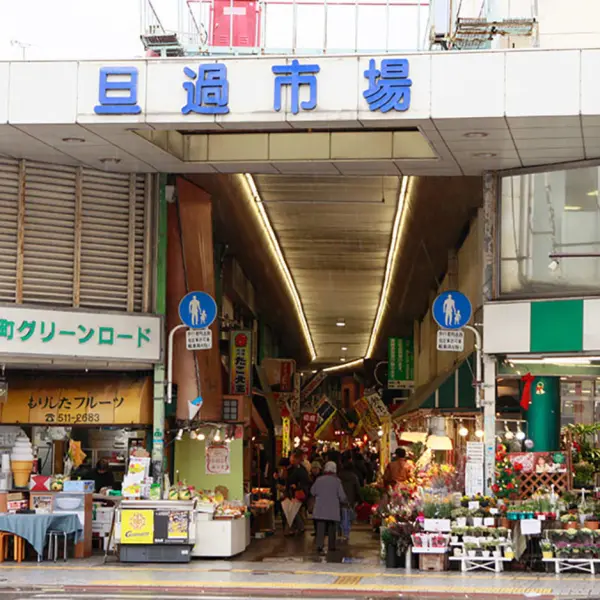 Feast your senses at Fukuoka's bustling fresh food market
Feast your senses at Fukuoka's bustling fresh food market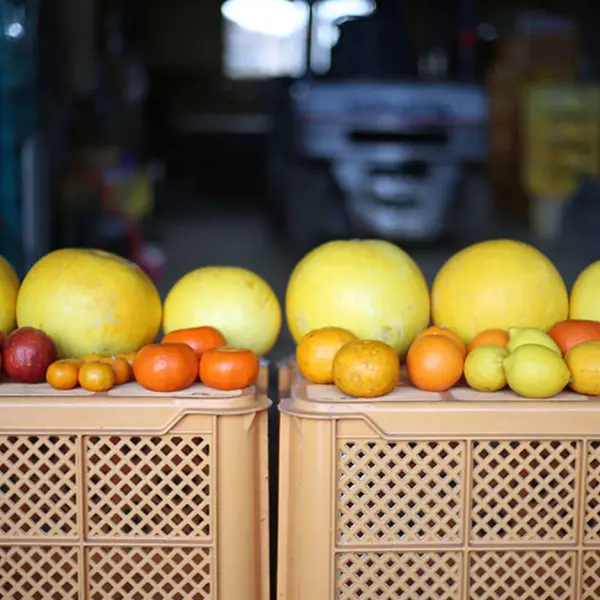 Cultivating the world's largest citrus fruit in Kumamoto
Cultivating the world's largest citrus fruit in Kumamoto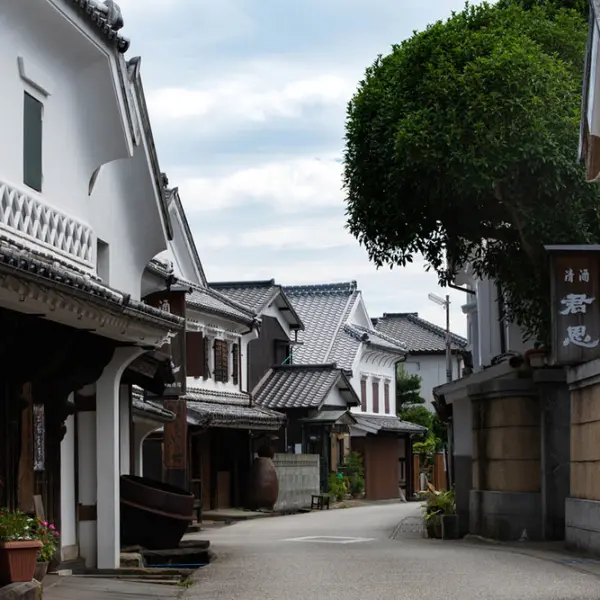 Hizen Hamashuku: Historic breweries that house the world’s best sake
Hizen Hamashuku: Historic breweries that house the world’s best sake In the shadow of a volcano: the world's largest daikon radishes
In the shadow of a volcano: the world's largest daikon radishes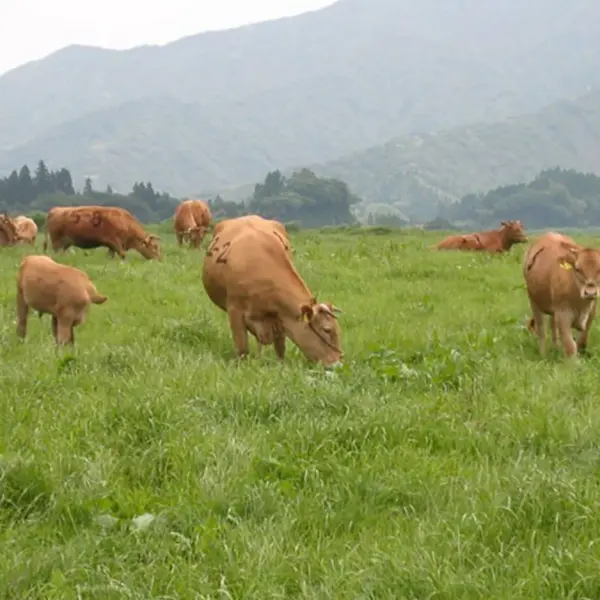 Raising Kumamoto's famed Japanese Brown Cattle
Raising Kumamoto's famed Japanese Brown Cattle




